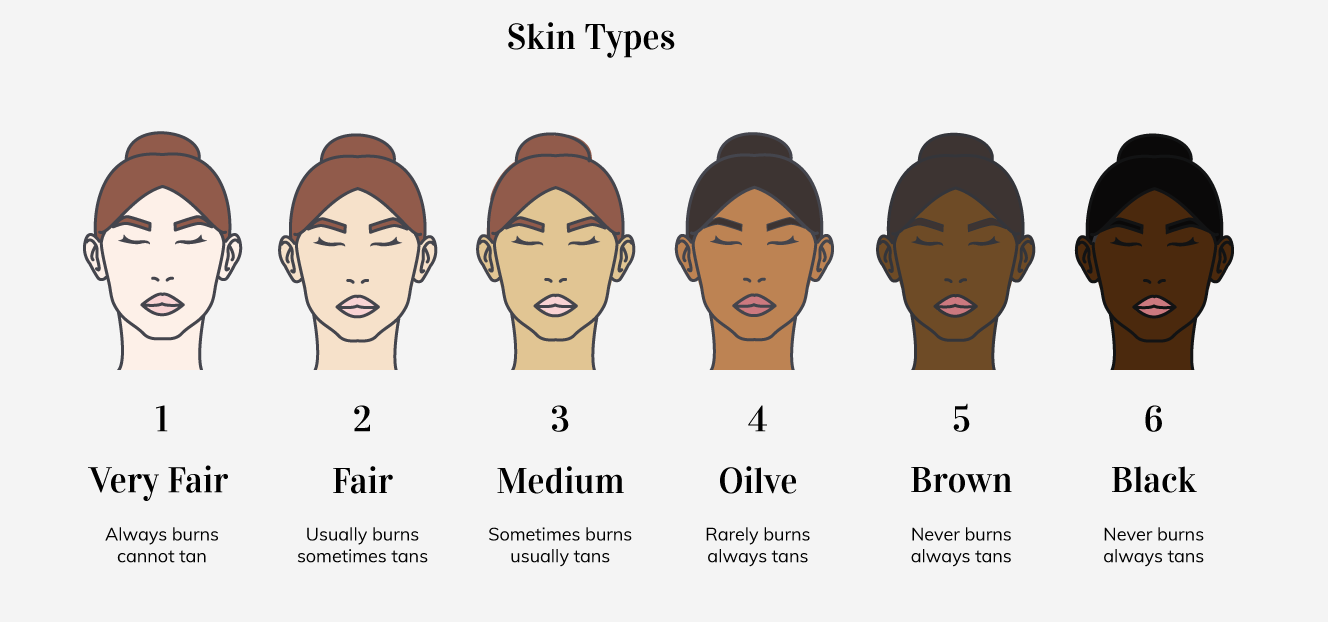As we age our dermal layer thins and the production of collagen molecules slows down dramatically and the loss of amino acids leads to a deflationary effect on the surface of our skin causing us to get lines, wrinkles and sagging skin.
As the scaffolding of our skin deteriorates it loses laxity and texture and the elastin that underpins our skin’s elasticity begins to wear out. This prevents them from maintaining a solid structure, hence the aging process.


What Are Fibroblasts?
Fibroblasts are the most common cells of connective tissue in the body and they are the only cells that can make Type III collagen. Type III collagen synthesises alongside tougher Type I collagen over a period of about 3 months. Type I and Type II collagen are what help provide the strength in our skin’s dense connective tissues and it is famed for minimising fine lines, wrinkles and micro-furrows, as well as improving the elasticity, suppleness and hydration of our skin.
Most fibroblasts are inactive and are actually called fibrocytes. Fibrocytes will rarely undergo cell division and will not produce collagen unless they are specifically re-activated by a wound healing process or inflammatory response. This is the treatment we offer at The Plasma Room.
Your consultation
It is mandatory for each potential patient to have an in-person meeting before booking an appointment for this procedure. This consultation will involve addressing your concerns, assess your face, and/or talk about the variety of treatments. You aren’t obligated to commit to anything, nor will you be pressured into undergoing any treatment. If you’d like to book a consultation, please get in touch.
Fitzpatrick skin typing is a way of classifying different types of skin. The scale is a numerical classification schema for human skin colour. It was developed in 1975 by Thomas B. Fitzpatrick as a way to estimate the response of different types of skin to ultraviolet (UV) light.
During your consultation you will be asked to fill out a questionnaire to determine your skin type.
The plasma pen can be used on most skin types for rejuvenation, but certain treatments, only skin types I to II are suitable. There is more information about skin types below, however, if you’re borderline skin type III to IV, your practitioner will assess your skin and offer a test patch prior to treatment.
The fact is that people, with darker skins have melanocytes capable of making large amounts of melanin. When dark/black skin is injured (i.e. through the micro-trauma we create with Plasma Pen), these melanocytes can hyperpigment or hypopigment.
This is because a combination of the inflammatory response and ultraviolet causes the inflammation to disrupt the basal cell layer. Melanin pigment is then released but subsequently it can become trapped by macrophages in the papillary layer. Once the wound healing has completed and the junction repaired then the melanin pigment granules can be caught within the dermal layer with no way of escape and this can cause pigmentation issues.
Only skin type 1-3 can have the treatment
“Planoplas is a german manufactured pen aimed to deliver completely natural non surgical plasma fibroblasting with stunning, long lasting results. It is designed to dramatically repair, reverse and mitigate the negative effects of ageing by using a state-of-the-art technique. Best practice training and support, plus fantastic pre and post treatment and care, with the Planoplas pen it is possible to significantly tighten, lift, resurface, rejuvenate and regenerate practically any area of the skin.”
People who CAN have the treatment but may heal slower:
- People who are anemic
- If you bruise/bleed easily
- If you’ve had cataracts
- You’ve had a corneal abrasion
- Diabetics will heal slower but can have the procedure
- If you get cold sores you will want to pre-treat with medication
- If you have kidney or liver disease you’ll heal slower
- Same with mitral valve prolapse
People who can have the treatment with a time delay:
- Recent Botox or Filler treatments should wait 21 days after to have Plasma Pen
- There’s a 12 month wait after Bleph surgery or Facelifts/Browlifts
- Wait 12 weeks after eye laser surgery
- If you’ve had Shingles, wait 6 months for treatment
- There’s a 6month wait after Accutane use
People who should NOT have the treatment:
- No treatment on a port wine stain or birthmark
- Breastfeeding
- If you are a Fitzpatrick Skin Type V or VI (see illustration)
- Hemophiliacs
- Hepatitis/HIV/AIDS
- If you hyperpigment/hypopigment easily
- Lupus
- Epileptics
- If you’ve ever had Gold Therapy for Rheumatoid Arthritis
- Pregnancy
- Hypertrophic or Keloid Scarring occurs
- No eye treatments if you have Retinal Detachment
- Vitilago
- Currently using Accutane, Cortosteroids, Blood Thinners, Antabuse
- You shouldn’t treat an area with active eczema or psoriasis
The Plasma Skin Tightening Treatment Healing Process
| 3-7 days | 1-12 weeks | 12 weeks-3 years | Results |
|---|---|---|---|
| the formation of new epithelial tissue becomes visible as tiny carbon crusts, which will fall off, it is important to let these fall away naturally so natural pigmentation can occur (a bit like not picking a scab). These carbon crusts serve as a natural and protective biological dressing and will flake off naturally as the newly formed and rejuvenated “neoepidermis” appears. This is usually complete 3 to 7 days post-procedure. |
Plasma Pen will continue to work behind the scenes because, parallel to the rapid formation of new epithelial tissue the nitrogen plasma treatment initiates a comprehensive healing response over the coming 12 weeks. | Other exciting things happen including the formation of new blood vessels and the release of growth factors. These growth factors include small proteins important in cell signaling that help modulate our immune response, our cell ageing and the repair and growth of new cells, fighting the aging process. | The treated area is initially visibly smoother; the skin is plump and rejuvenated. Any acne scarring is smoothed and more polished looking, fine lines and deeper lines are ironed out. Certain areas may need more than one procedure; this is dependent on the area treated and the severity of that area. |


